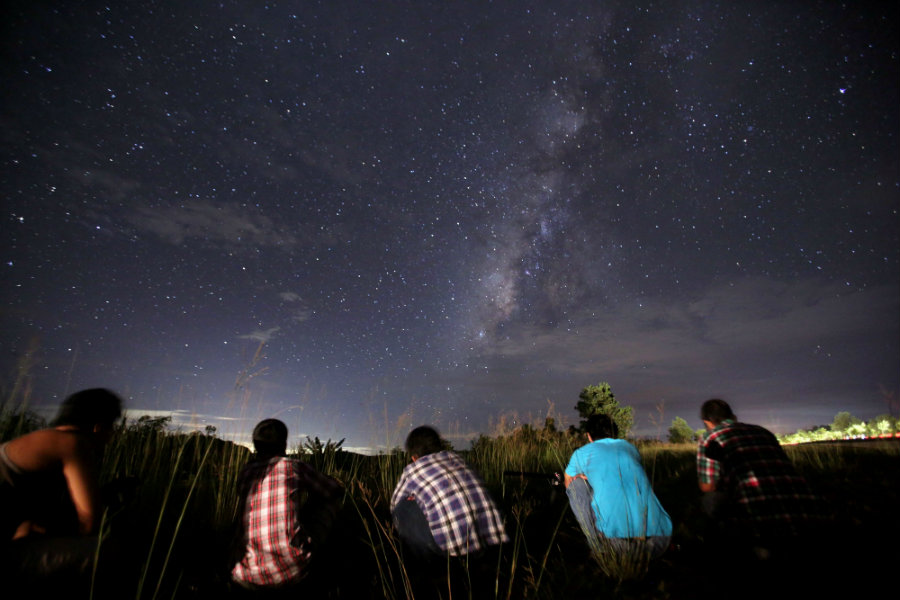Between July 18 and July 29 a meteor shower will reach its peak, creating a stunning light show in the sky that it will be available to skywatchers. The meteor shower that will provide this celestial show is the Delta Aquarids that is overlapping with Perseid, another meteor shower that will reach its peak in the first weeks of August, probably being August 11 and 12 the major nights.
The Delta Aquarids originated from the constellation Aquarius, and according to some space-related journals, the meteor shower will leave an ionized gas trails that bright seconds after the meteor ended its trajectory and disappeared.

Some other smaller or less visible meteor showers will present itself some secondary displays of meteors. Allegedly, skywatchers will be able to perceive the different types of meteors, with different colors, directions, and speeds.
About the meteor showers
Meteor showers are the result of streams of cosmic debris entering the atmosphere of the Earth, at an extremely high speed, producing the celestial event where we see meteors running in parallel trajectories.
Meteor showers are only visible at night. For some reason that has not been determined yet by scientists, meteor showers have the tendency to be more active in the second half of the year, and Delta Aquarids and Perseids are the proof of that.
The Meteor Data Center produced a list of Meteor Showers available here. Meteor showers are not that common since most meteors are quite small and are never strong or fast enough to enter the Earth’s atmosphere.
When the meteor collides with the atmosphere, the speed is at least 25,000 mph, an incredible amount of energy that, along with the chemical effects, produces the streaks of light.
The Perseids
About 60 to 90 meteors per hour will be visible within the Perseids meteor shower, providing a quite fast and bright appearance in the night sky. This year, the celestial event will also be visible since scientists stated that the moon would not interfere since it’s not in a bright light peak.
How to see the celestial event? At least the meteor shower produced by the Perseids will be available to the naked eye, but the trick is to stargaze the entire night sky since, even when the shower starts from a particular point and has a trajectory, all meteor showers can appear anywhere.
Perseids have been the most famous meteor shower for a while now since, constantly, year after year, it provides the most visible meteor shower.
Some other minor meteor showers for this season are Alpha Capricornids, South Iota Aquarids, North Delta Aquarids, Kappa Cygnids and North Iota Aquarids.
The NASA even provides a tool for stargazers to calculate the meteor shower activity at your site, called Fluxtimator, available here, created initially for the Leonids, another popular meteor shower.
Source: Space
